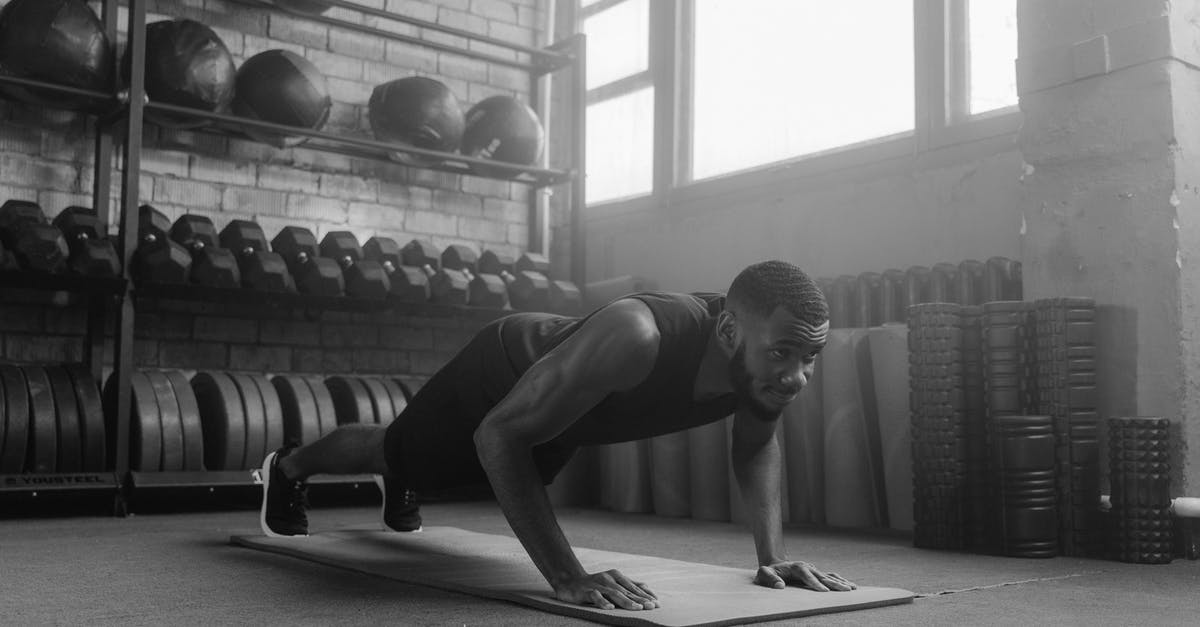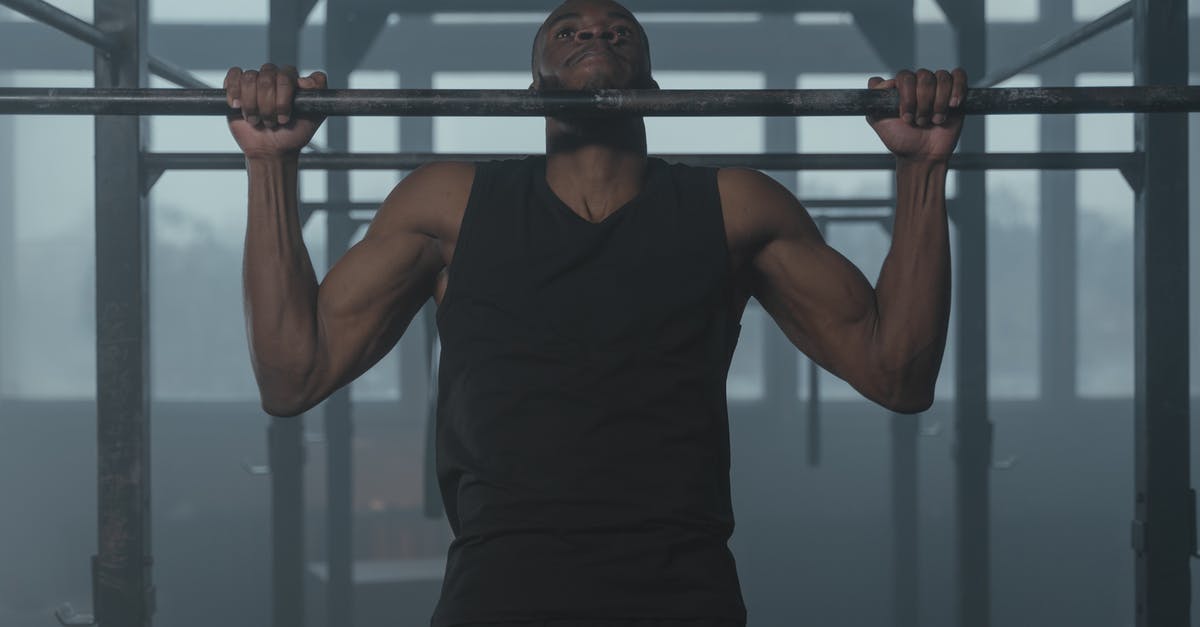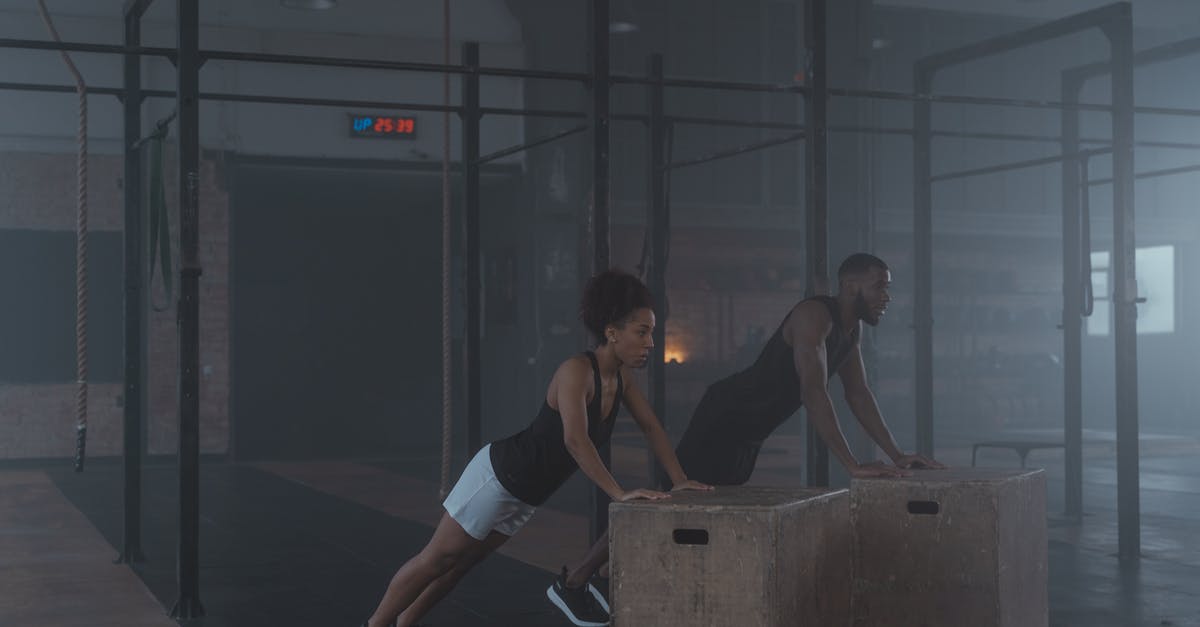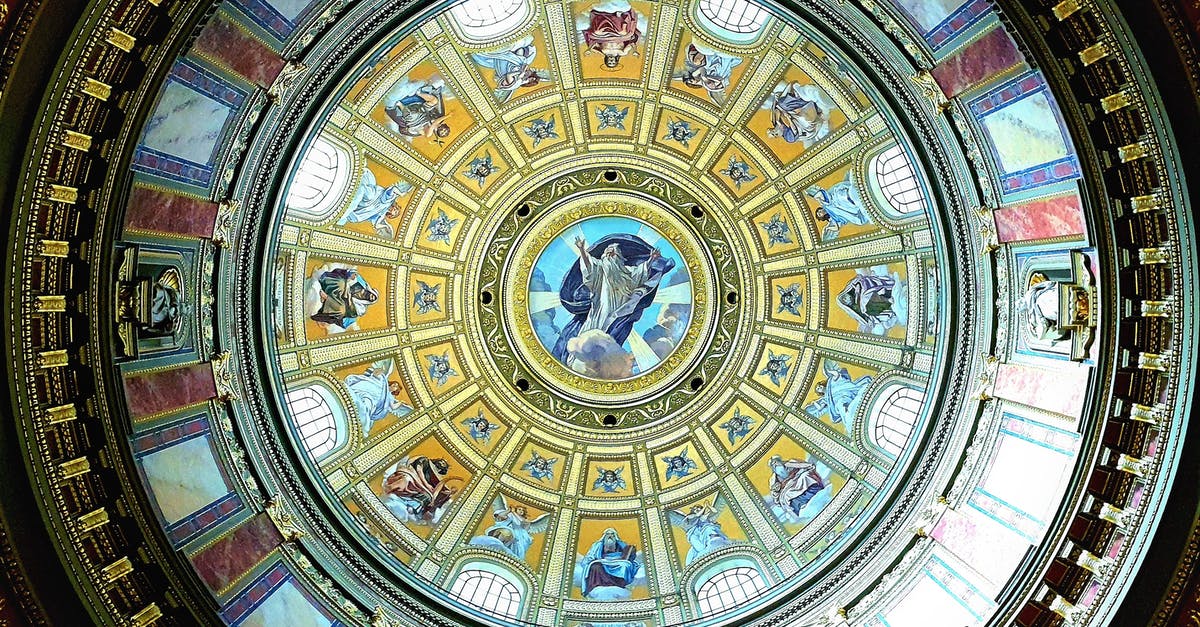Why are two of Riley's five emotions in Inside Out male?

In the movie Inside Out, I found that the personified emotions Anger and Fear inside the main character (Riley) are male whereas Joy, Disgust and Sadness are female. Is there any reason why it has been designed like that for a 11 year old girl?
In the second trailer, we see that the emotions inside the mother are all female, while the ones inside the father are all male. On top of that, while each emotion (Anger, Joy, etc) look alike from person to person, all the emotions inside the mother and the father look like them (The mother's emotions all have her same haircut & glasses, the father's have his haircut & mustache).
Is there a in world or out of universe explanation for the mix & match look of Riley's emotions?

Best Answer
Director Pete Docter and Pixar founder John Lasseter explain why Riley's emotions are mixed while her parents' are not.
First, the parents' emotions are due to both emotional development and story and acting flow:
I [Docter] remember, we talked to John and he said, ‘Well, I thought you did it because, as adults, we become more kind of set in our ways. As a kid, you can... anywhere is possible.’
Docter said that they were ultimately two things that were absolutely vital to the scene: clarity and comedy. Had Riley’s parents both had multi-gendered emotions like their daughter, the scene would have been going back between 18 different characters, and it was a bit unruly unless everyone was identifiable. Not only did making the emotions gender specific in the parents make the sequence easier to follow, but it also opened up an opportunity to create a few extra laughs.
Explained the director:
For the comedy of it, we’re cutting between 18 characters and 4 locations in that dinner scene, so we just went broad with it - kind of how SNL would do it. They all have like dopey obvious mustaches or big red glasses so that you’re instantly clear on, ‘Oh, it’s mom; it’s dad.’ http://www.cinemablend.com/new/Why-Inside-Out-Main-Character-Has-Male-Female-Emotions-72176.html
So the parents are simplified to make the scene easier to follow, and because as Adults, they have already developed their adult personality/emotions. Riley has not yet.
Interviewer: What was the thought process behind the genders of the emotions?
Docter: Again, it was intuitive. It felt to me like Anger's very masculine, I don't know why. And then some of it came to casting... Sadness felt a little more feminine and Mindy Kahling as Disgust felt right. And someone balanced too. Plus the female roles lead because it's inside a girl. With mom and dad, we skewed them all male and all female for a quick read, because you have to understand where we are, which is a little phony but hopefully people don't mind! http://www.empireonline.com/empireblogs/empire-states/post/p1463
So in short, Riley's emotions are mixed because, as a pre-teen, she's likely not to have developed a strict outer personality. She's still growing, and developing her own style. She's still raw and malleable, impressionable. Secondary to this is of course the rule of funny. Having some of the emotions as male is purely for show.
Pictures about "Why are two of Riley's five emotions in Inside Out male?"



Is Riley from inside out a girl or boy?
Riley Elphaba Andersen is a major character in the 2015 Disney/Pixar animated feature film, Inside Out. She is an 11-year-old girl (later 12) in 6th grade who loves ice hockey.The Who - Baba O'Riley
More answers regarding why are two of Riley's five emotions in Inside Out male?
Answer 2
The reasons of comedy and drama, as described by Word of God in cde's answer, are clearly the most important. Diverse cast of Riley's emotions makes the movie more interesting.
I would like to add three complementary points no one else mentioned:
1. Sexism
Once we assume that all emotions in one's head must have gender and it must be similar to person's assigned gender, we start slipping into deep sexist swamp where only "Woman's Tears", "Man's Rage" and other non-objective abominations dwell.
Fortunately, Inside Out is far from being sexist. While Riley has some stereotypical "girlish" traits, they are affectionately deconstructed all the time. Moreover, Riley is shown as a plucky, independent girl: she plays hockey, talks back to her parents, and her inner life is not limited to Imaginary Boyfriend Machine.
2. Family
Note that Riley's Sadness looks like a daughter of mom's Sadness, and Riley's Anger is a younger version of dad's Anger, sans the moustache. It can emphasize the fact that Riley has inherited the traits of both of her parents. Her dad taught her how to be fair and assertive, and her mom taught her how to understand other people.
3. Main vs supporting emotions
While Riley has all kinds of "men", "women" and "monsters" in her head, her two most important emotions are Joy and Sadness, who are "female". They are her avatars in her inner journey; and the three remaining emotions, Fear, Anger and Disgust, serve their role only in specific situations (eating broccoli, playing hockey, dealing with electric cables). Their attempt to drive Riley for a prolonged period of time was a desperate measure and almost led to a disaster.
It's arguably easy to imagine "female" Fear and "male" Disgust, or even "female" Anger similar to mom's. But imagine for a second that either Joy or Sadness is "male". Or even both. That would raise a lot more questions.
So, while diversity is respected and silly gender stereotypes are mocked, Riley is still a vanilla cisgender girl. She is not exactly an old-style Disney princess, but on the other hand she is not an asexual introvert, or a crossdresser, or into hairy guys. See? Nothing to worry about.
Answer 3
As the film makers seem to suggest, I think the choice of diverse ages and sexes for each character inside Riley's mind as opposed to the more uniform characters of the parents was made mainly for dramatic and comedic purposes with the possible acception of Joy.
The film plays a little fast and loose with various psychological theories and is a mash up of many different schools of thought. In the case of joy I felt that the film took some cues character wise from the model of John Bowlby's attachment theory, the accepted central drive of most modern psychology.
Joy is 'born' as a reflection of the mothers gaze right at the beginning of the film and of Riley's life. Joy is taller and more the mothers age and temperament than the other characters of Riley's mind, so as well as representing the emotion of joy, she seemed to also perhaps be representative of the girl's central attachment figure. An internalised figure we install in our minds of our main attachment figure in the outside world, usually the mother, who acts, at least within secure attachment, as a sort of internal guardian. A sympathetic and positive figure who is consistently supportive and loving, from which we build and maintain a strong sense of self and independence.
As if to verify this, Joy refers at the beginning and end of the film to Riley as 'our little girl', a common way of thinking of 'our' selves through the internal attachment figure of others. Riley displays a fear of loosing her attachment both external and internal, 'family' island turns grey and crumbles, not because she is sad but because she will not allow herself to be. In line with an insecure attachment style she becomes fearful of showing not so much her sadness but her vulnerability.
When she allows herself to be vulnerable at the end in front of her parents and they accept that then Joy can return because secure attachment is strengthened externally and internally, family island (or rather the positive internalised attachment figure of her real parents) is rejuvenated and strengthened, this enables her to form a new secure base not only in San Francisco but also within her psyche, from which she can go out from and return.
In line with this theory it would make some sense that the more mature characters of the mother and father have developed away from the internalised attachment figure of their parents and developed a more uniform reflection of self, hence why their internal characters look the same.
After Riley grows at the end of the film she gains emotional complexity and her emotions become less separate, perhaps another reason why the adult emotions have become more homogenous and alike. But we are moving outside accepted theory here and into Pixar land where thankfully, at least for entertainments sake, anything goes.
Strength is born from accepted and shared vulnerability. A powerful film which I hope will inspire people to discover the joy and strength of secure and earned secure attachment.
Sources: Stack Exchange - This article follows the attribution requirements of Stack Exchange and is licensed under CC BY-SA 3.0.
Images: Tima Miroshnichenko, Tima Miroshnichenko, Tima Miroshnichenko, James Finch
